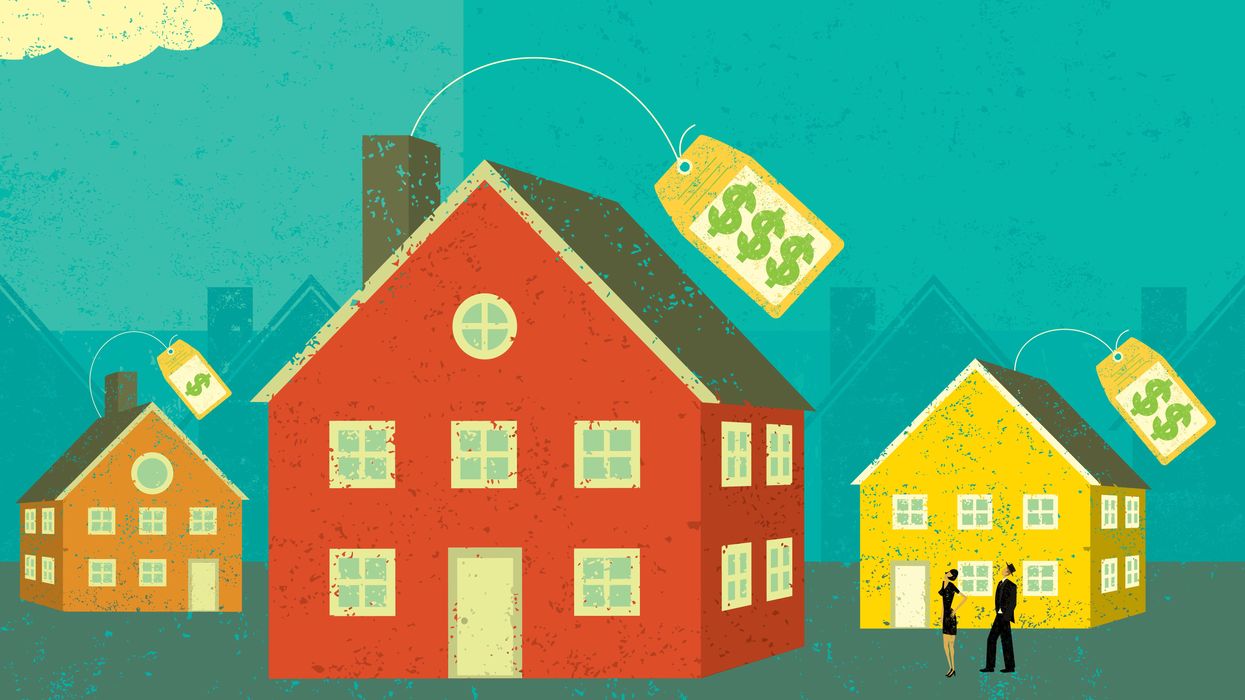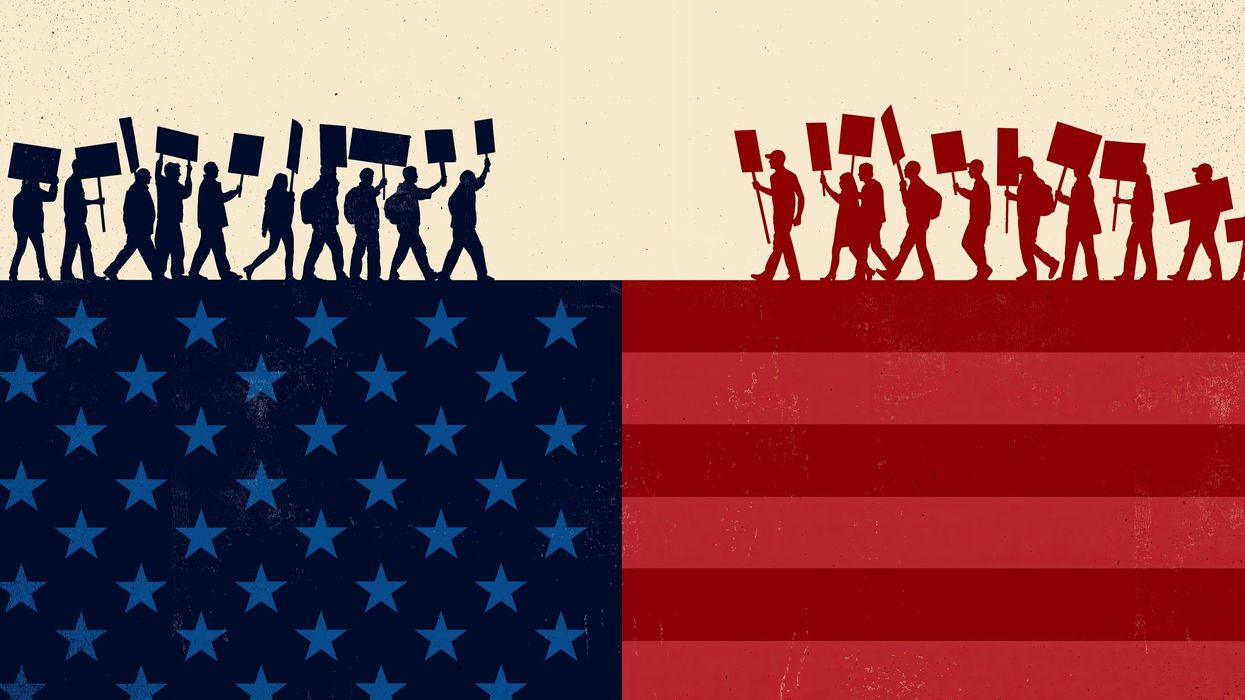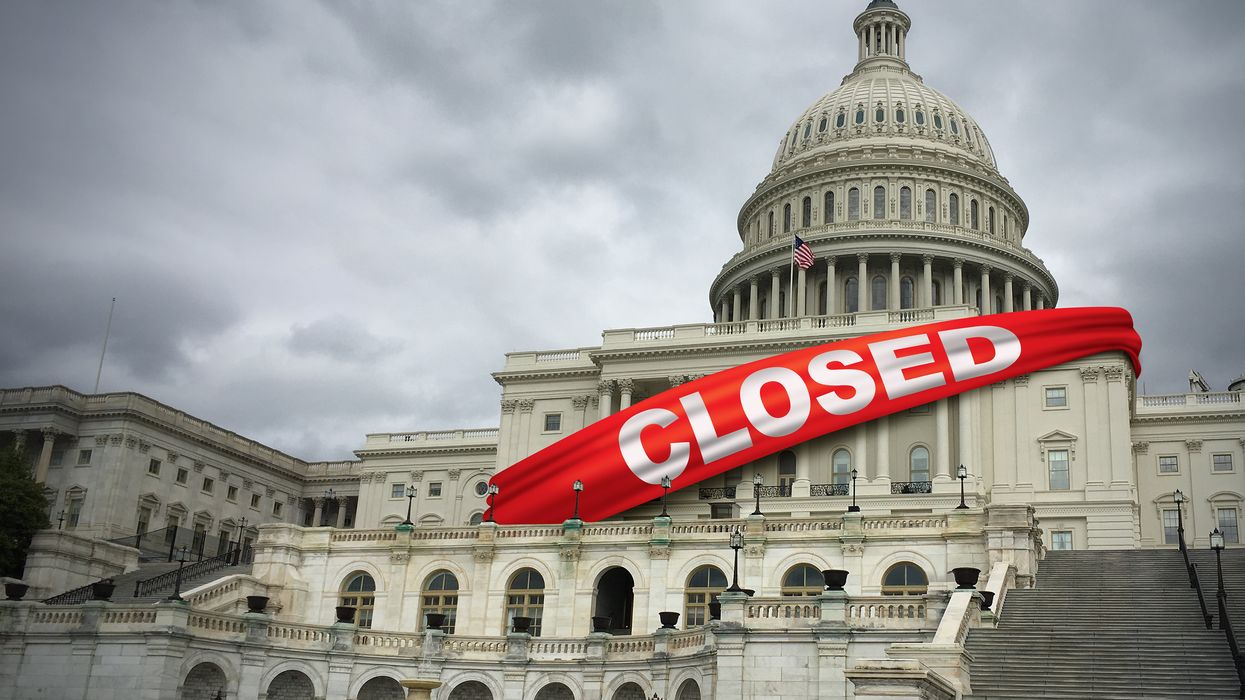This fact brief was originally published by EconoFact. Read the original here. Fact briefs are published by newsrooms in the Gigafact network, and republished by The Fulcrum. Visit Gigafact to learn more.
Are housing costs driving inflation in 2024?
Yes.
The rise in housing costs has been a major source of overall inflation, which was 2.9% in the 12 months ending in July 2024.
The Bureau of Labor Statistics' shelter index, which includes housing costs for renters and homeowners, rose 5.1% in the 12 months ending in July 2024.
Housing costs account for 36.3% of the Consumer Price Index. This represents the largest share of any category.
The Consumer Price Index is an ongoing measure of price changes in a representative "basket" of consumer goods and services.
The only category in the CPI that increased at a greater rate was transportation services at 8.8%.
The Bureau of Labor Statistics reports that the rise in housing costs over this period accounted for over 70% of the total 12-month increase in the core CPI – that is, the CPI excluding food and energy prices, which rose 3.2% in this 12 month period.
This fact brief is responsive to conversations such as this one.
Sources
Bureau of Labor Statistics Consumer Price Index - July 2024
Bureau of Labor Statistics Consumer Price Index


















